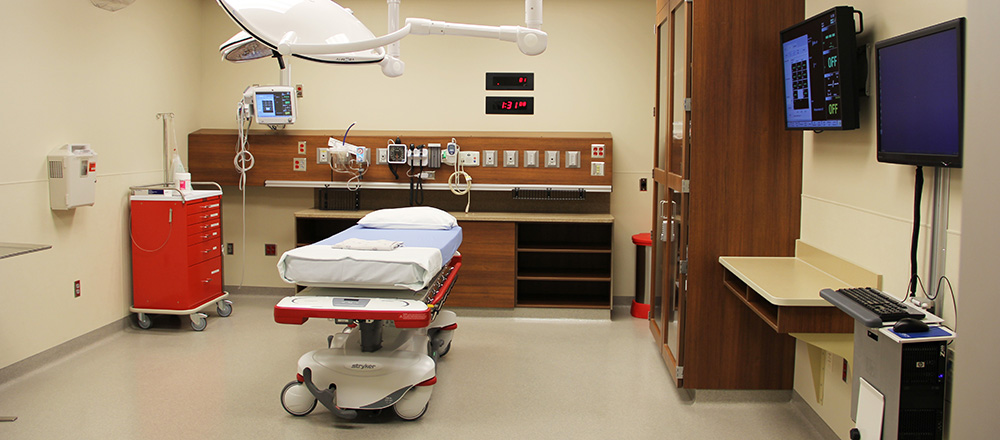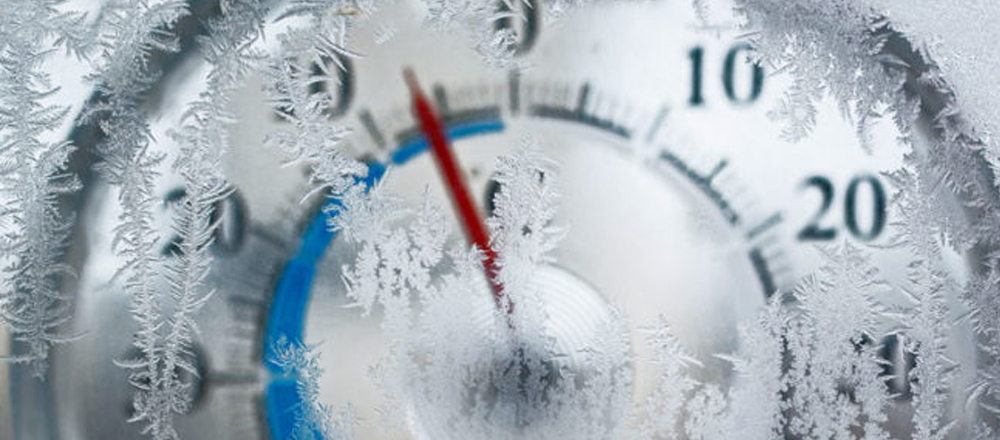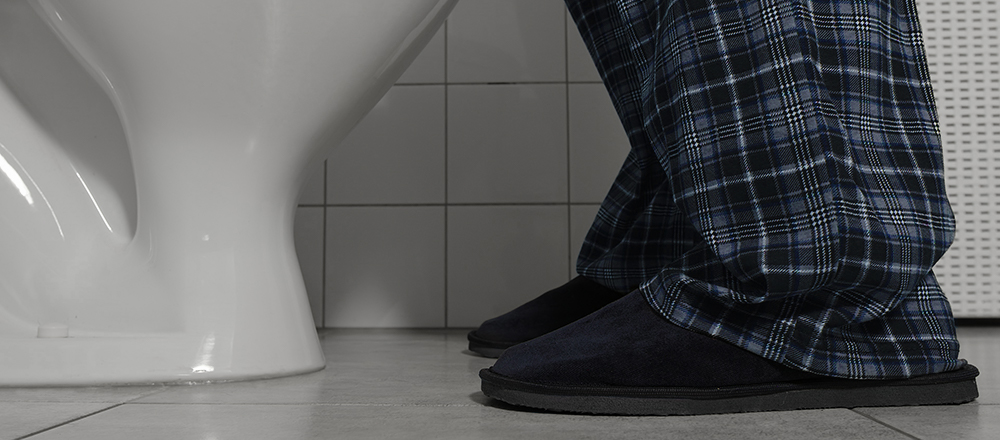Beat the Summer Heat
July 5, 2023By: Lori Unruh
Categories: Live Healthy, Prevention, Your Wellness

It’s important to protect yourself—and your loved ones—from heat-related illnesses such as heat cramps, heat exhaustion and heatstroke. When temperatures rise, so does your risk for these illnesses.
Infants and young children, people age 65 or older and those living with chronic health conditions such as heart disease and high blood pressure are more at risk of heat-related illnesses. Learn how to beat the summer heat.
Heat Rash
Heat rash develops during stretches of hot, humid weather, resulting in small, itchy blisters or bumps where sweat collects, like in the armpits, back or groin. The easiest way to avoid it is to stay inside and keep the skin dry. Symptoms of heat rash can last about three days. If it lasts longer than that or the area begins to turn red and swell, seek medical attention.
Heat Cramps
On a hot day, strenuous activity causes you to sweat, which is the body’s way of cooling down. When we sweat, we lose the minerals, salt and water our body needs. When we lose too much, cramps, pain or spasms in your arms, midsection or legs can occur. These common symptoms can happen for many different reasons, so it’s easy to forget that heat may be the culprit.
If you experience heat cramp symptoms and have been out in the sun, try hydrating for relief. Drink water or a sports drink with electrolytes every 15 minutes for an hour. If your cramps haven’t stopped or you’re experiencing other symptoms of heat exhaustion, seek medical attention.
Heat Exhaustion
Heat exhaustion means your body is overheating. Excessive sweating, combined with physical activity is usually the cause.
Symptoms of heat exhaustion include:
- Dizziness
- Elevated body temperature
- Headache
- Heavy sweating
- Irritability
- Muscle cramps
- Nausea
- Thirst
- Weakness
Heat exhaustion can lead to heat stroke, so it’s important to go to an emergency room if you or anyone else is showing symptoms. If you can’t get to an ER or urgent care, call 9-1-1.
Help reduce symptoms of heat exhaustion by:
- Drinking cold water or any beverage with electrolytes
- Moving to a cooler, preferably air-conditioned, location
- Removing unnecessary clothing, including shoes and socks
- Using cold compresses
Heat Stroke
Avoid Heat-Related Illness
Leland H. Robinson III, MD, a physician in the NKCH emergency department, shares what you can do to avoid heat related illnesses while being active outdoors this summer.
Sometimes called sunstroke, heat stroke is the most severe form of heat-related illness.
Symptoms of heat stroke include:
- Confusion
- Gurgling sounds in the lungs
- Hot, dry skin
- Loss of consciousness
- Nausea and vomiting
- Problems with coordination
- Profuse sweating
- Rapid breathing
- Seizures
- Slurred speech
- Temperature above 104°
If you or someone else is experiencing heat stroke, call 9-1-1.
Stop It Before It Starts
Heat-related illnesses are preventable. You can stay ahead of the heat by checking your local news for extreme heat alerts, locations of cooling shelters in your area and safety tips.
If it’s hot outside, limit outdoor activities to the early morning and evening, and stay in air-conditioned places. If you can’t avoid being outside during the day, stay cool by wearing lightweight, light-colored, loose-fitting clothing.
Another key to keeping cool is staying hydrated:
- Avoid cold drinks
- Drink low-sugar sports drinks to replace the salt and minerals lost from sweat
- Drink water consistently
- Limit sugary drinks and alcoholic beverages that cause the loss of more body fluids
Our Emergency Room has the resources and expertise needed to care for heat-related illnesses. Learn more about our emergency services.
Explore More
Play It Safe This Summer
Summer Break Safety



